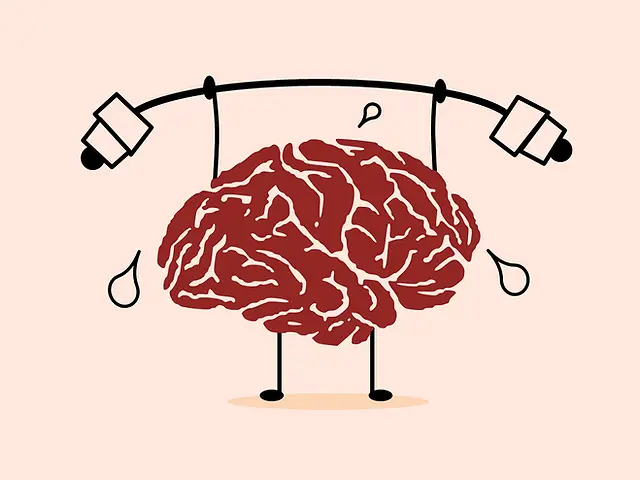Binaural Beats - What are they??
- martinperezfit
- Mar 20, 2023
- 2 min read
Introduction
You may have heard about binaural beats in the context of relaxation, meditation, or even improving focus and concentration. But what exactly are binaural beats, and how do they work? In this blog post, we'll explore the science behind binaural beats, their potential benefits, and how to use them effectively.
What are Binaural Beats?
Binaural beats are an auditory illusion created when two slightly different frequency tones are played, one in each ear, using headphones or earbuds. The brain perceives these separate frequencies as a single, pulsating tone, which is the difference between the two original frequencies. For example, if a 300 Hz tone is played in one ear and a 310 Hz tone in the other, the brain will perceive a 10 Hz binaural beat.
How Binaural Beats Affect the Brain
The theory behind binaural beats is that they can influence brainwave activity, allowing users to enter specific mental states by "entraining" their brainwaves to match the frequency of the binaural beat. The five main brainwave frequencies are delta (0.5-4 Hz), theta (4-8 Hz), alpha (8-12 Hz), beta (12-30 Hz), and gamma (30-100 Hz), each associated with different mental states and activities.
Potential Benefits of Binaural Beats
Relaxation and stress relief: Alpha and theta binaural beats are believed to promote relaxation, stress relief, and light meditation.
Focus and concentration: Beta binaural beats are associated with alertness, active thinking, and concentration.
Creativity and problem-solving: Alpha and gamma binaural beats may stimulate creative thinking and high-level cognitive processing.
Sleep and relaxation: Delta binaural beats are thought to encourage deep sleep and relaxation.
How to Use Binaural Beats
Choose the desired frequency: Select a binaural beat track that corresponds to the mental state you wish to achieve (e.g., relaxation, focus, or sleep).
Use headphones or earbuds: Binaural beats require stereo headphones or earbuds, as each ear must receive a slightly different frequency.
Find a comfortable environment: Choose a quiet and comfortable setting with minimal distractions.
Adjust the volume: Set the volume to a comfortable level, not too loud or too soft.
Experiment with duration: Test different session lengths to find the optimal duration for your needs.
Conclusion
Binaural beats are an intriguing auditory phenomenon with potential applications for relaxation, focus, creativity, and sleep. While the effectiveness of binaural beats varies among individuals, experimenting with different frequencies and durations can help you find the best approach for your personal needs. Remember to use headphones or earbuds and listen responsibly, paying attention to your body's responses as you explore the world of binaural beats.




Comments